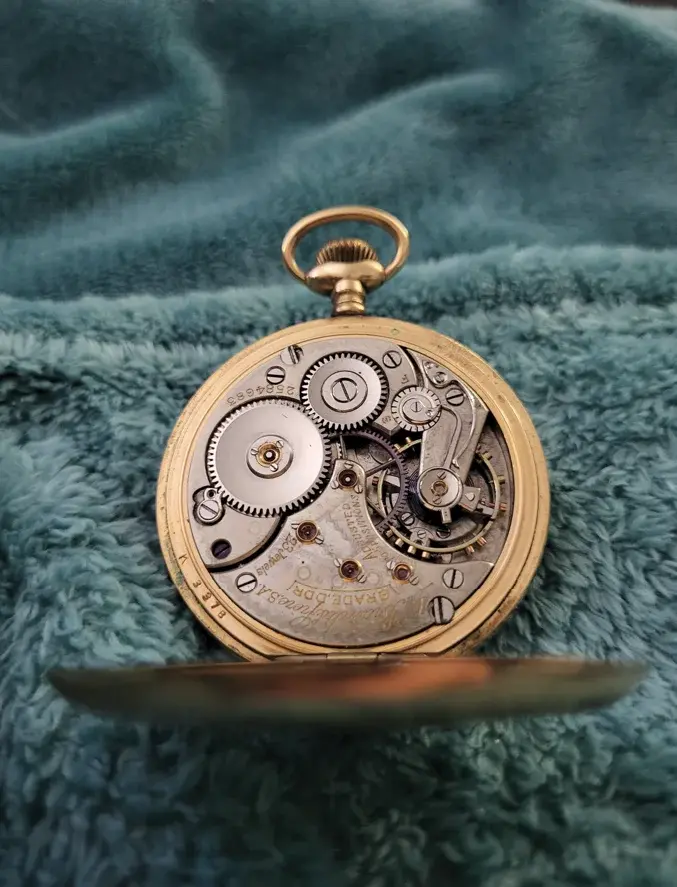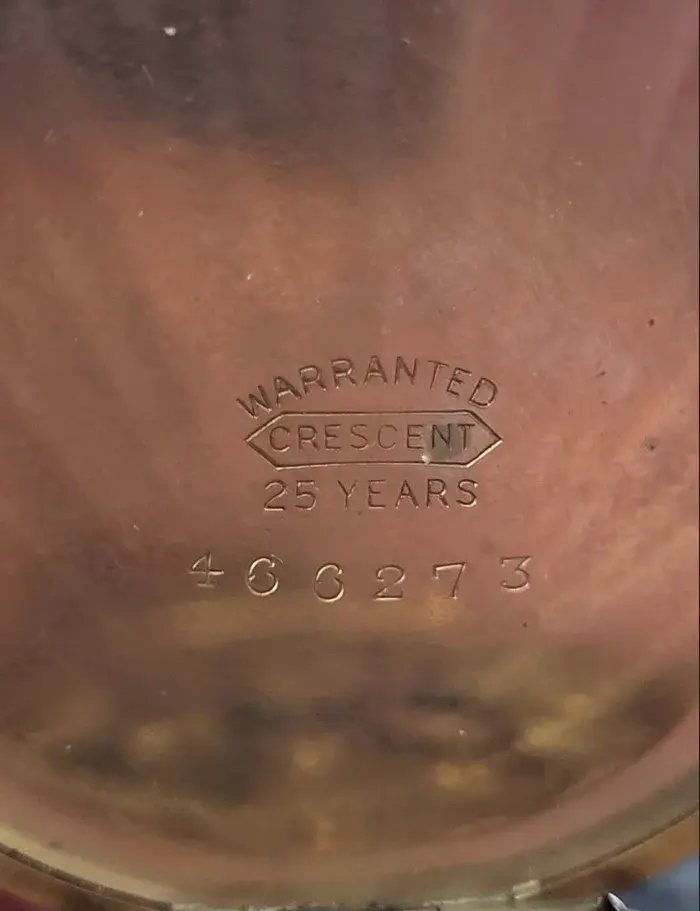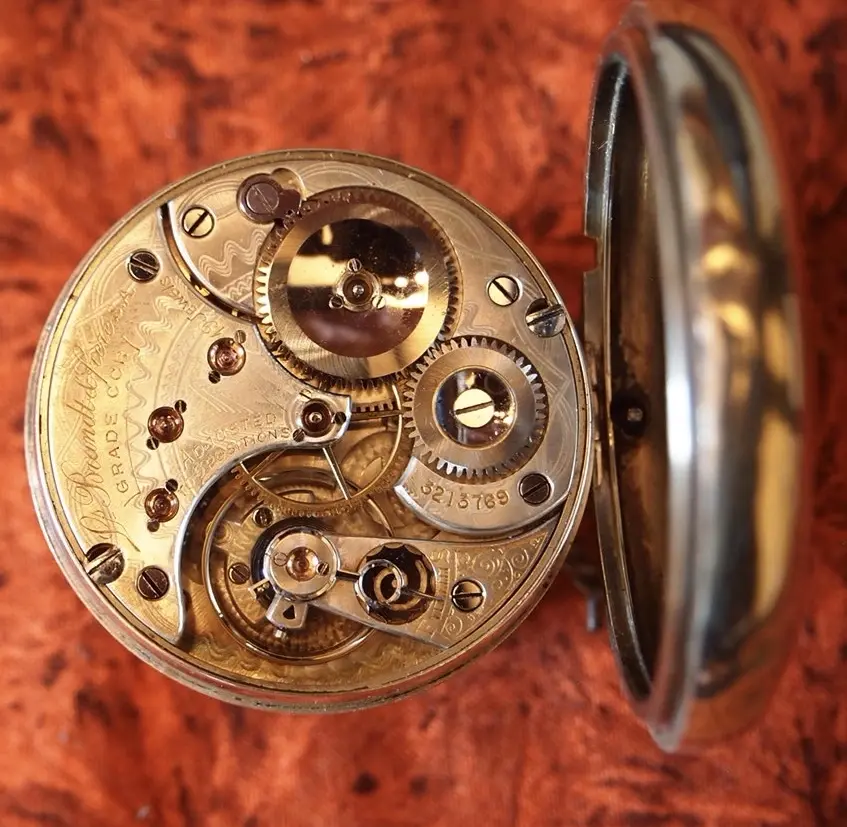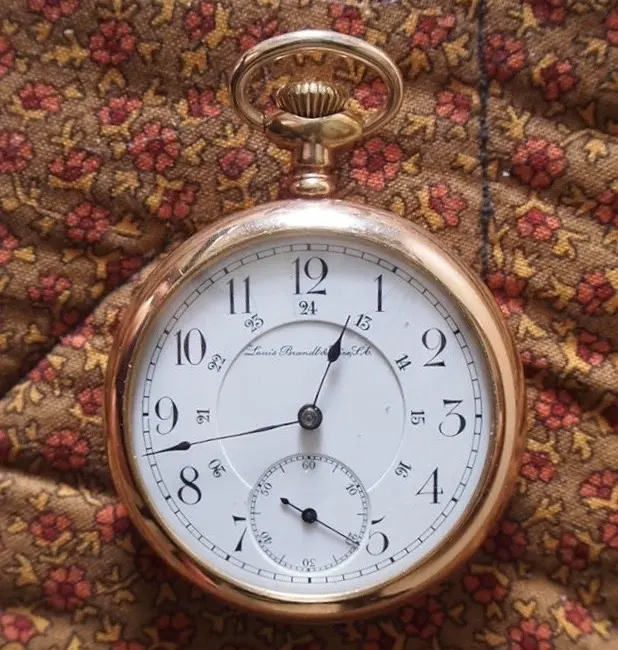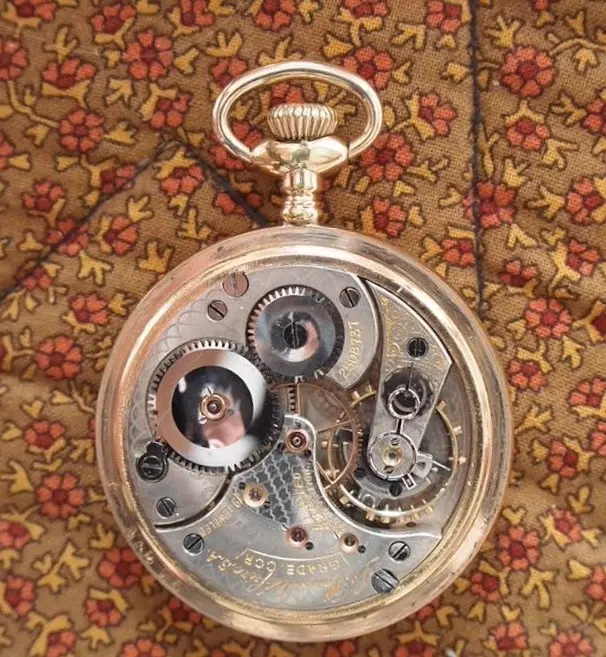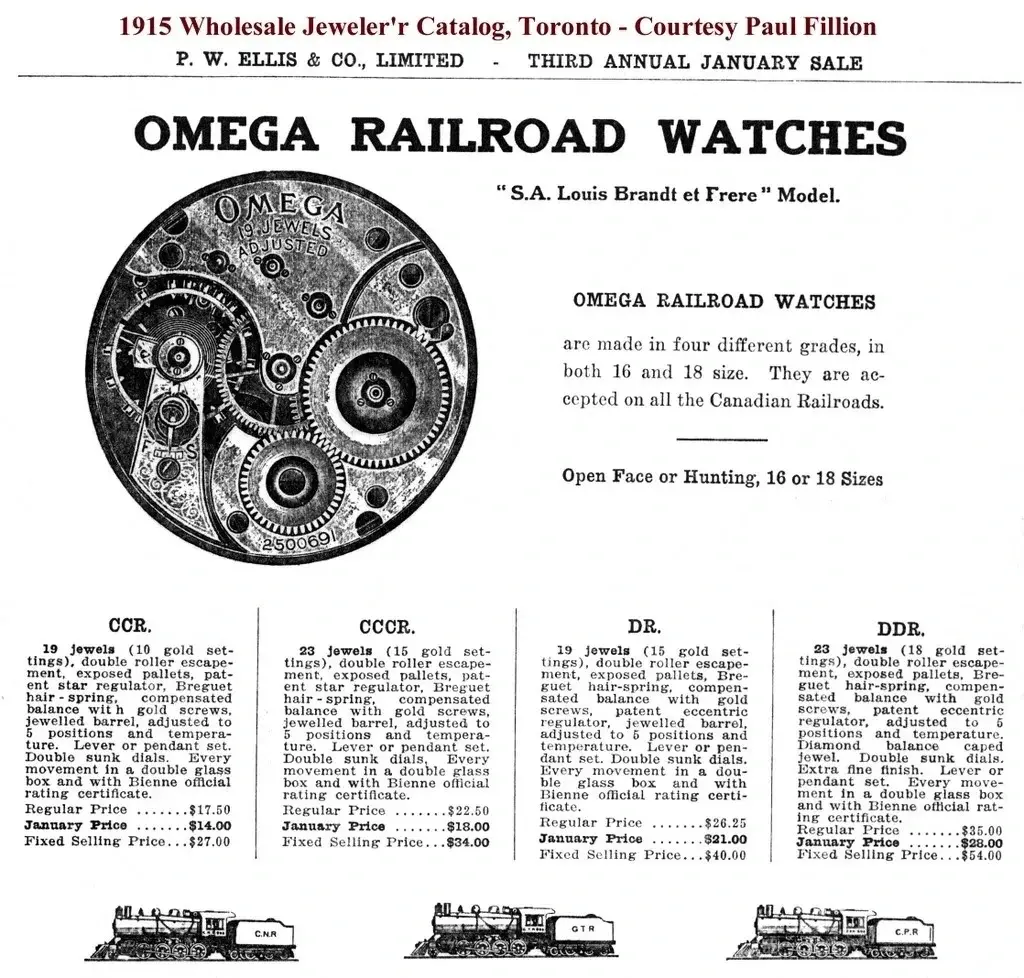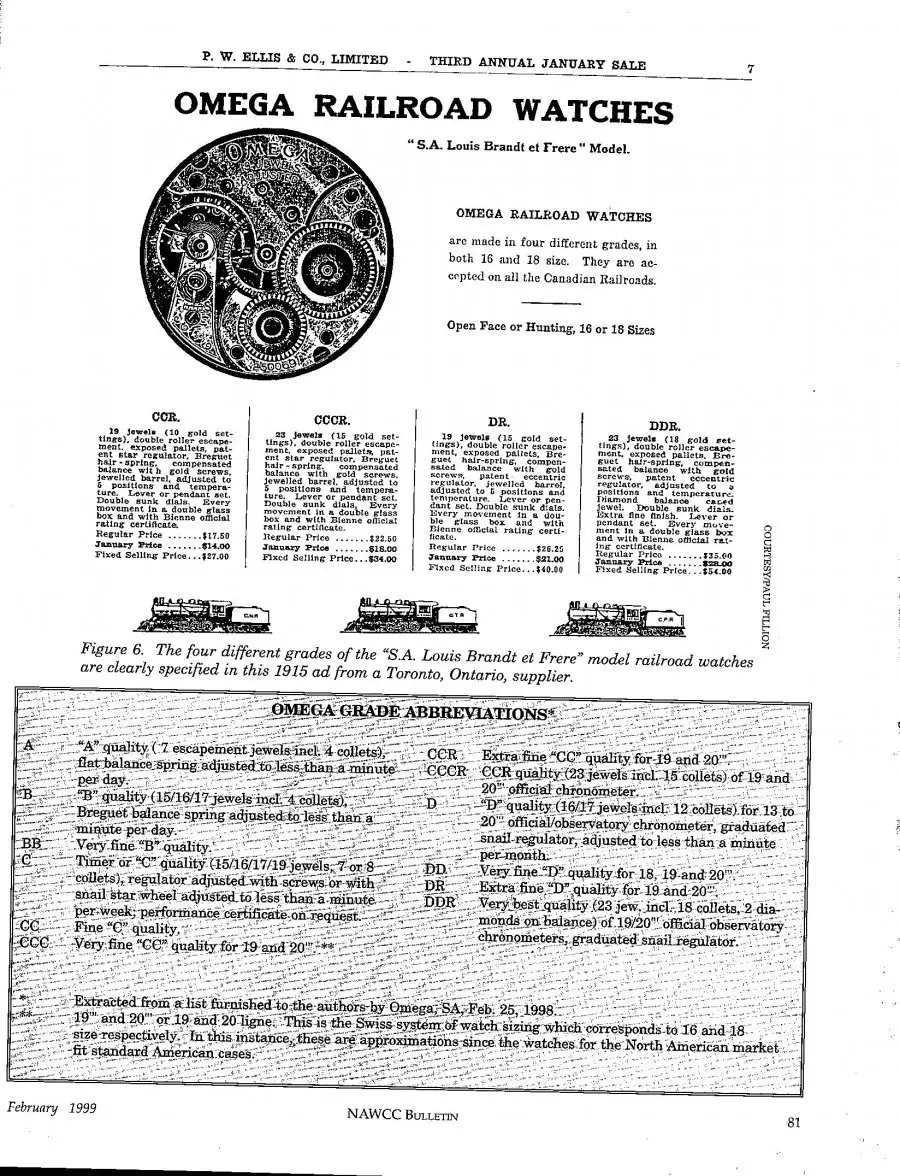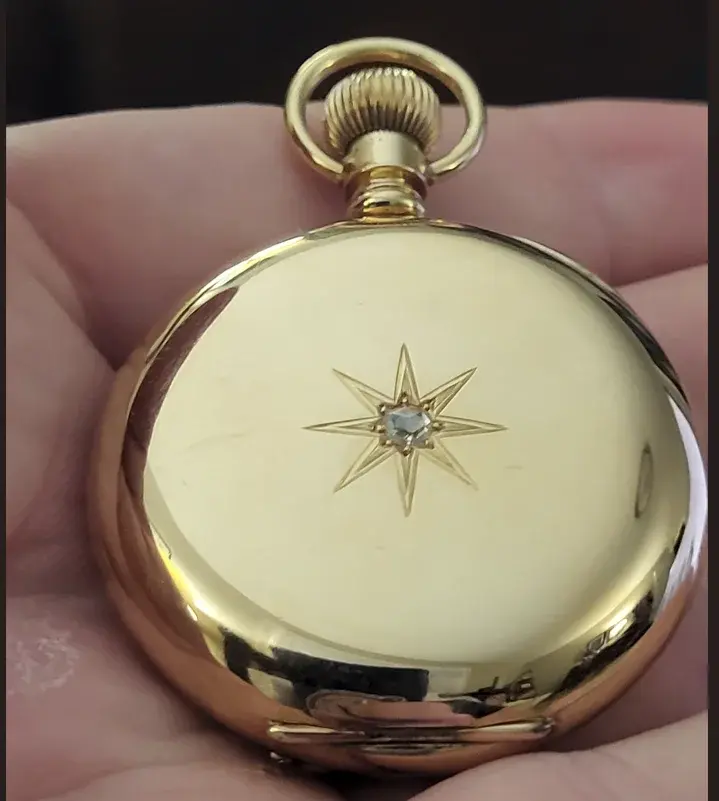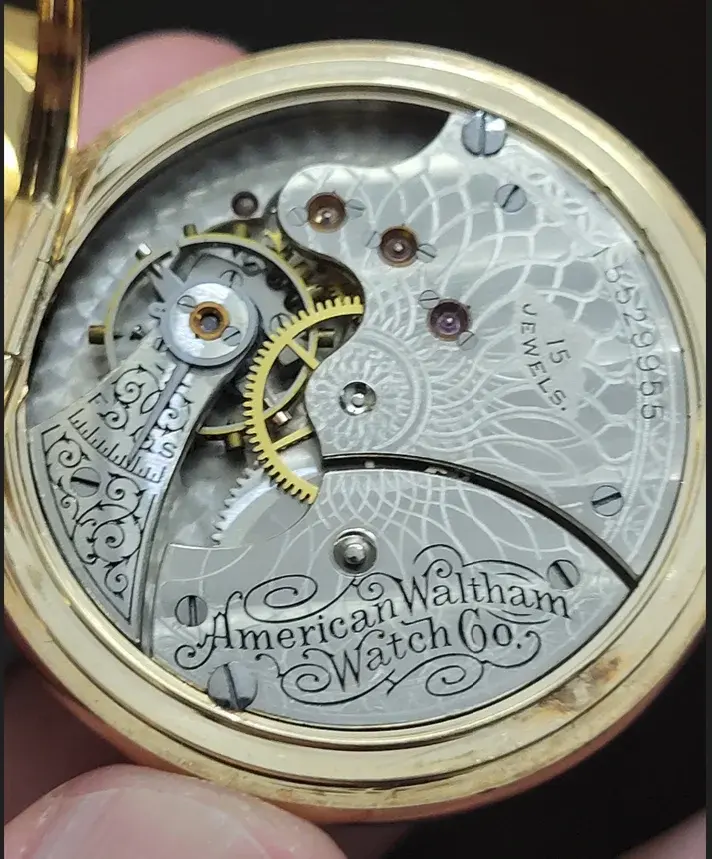Boxcar
·Hello, Newb here looking for some help/information. I was recently gifted a couple of family heirloom watches. A 1956 Omega Seamaster, and an Omega Pocket Watch. I can't seem to find much info on the Pocket Watch. I have attached some photos. The case is plain and the face seems fairly basic with the Omega logo, but the movement is Louis Brandt & Frere (which I know was the original company name). Is is common to have the mixed names? The serial seems to come back to 1906 (if the online serial number lookup is correct). Any thoughts are welcome. While I know the family genealogy sourcing the watches to my current possession, I really know nothing else.

